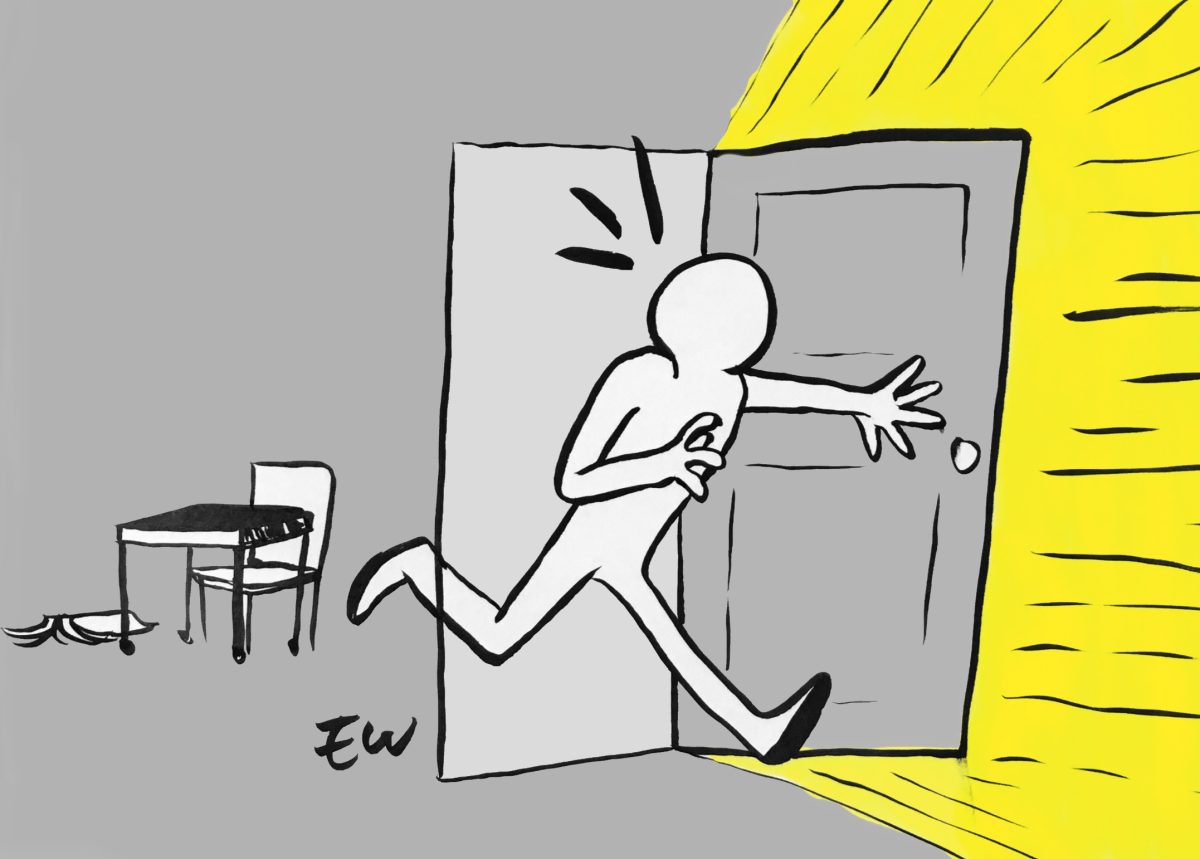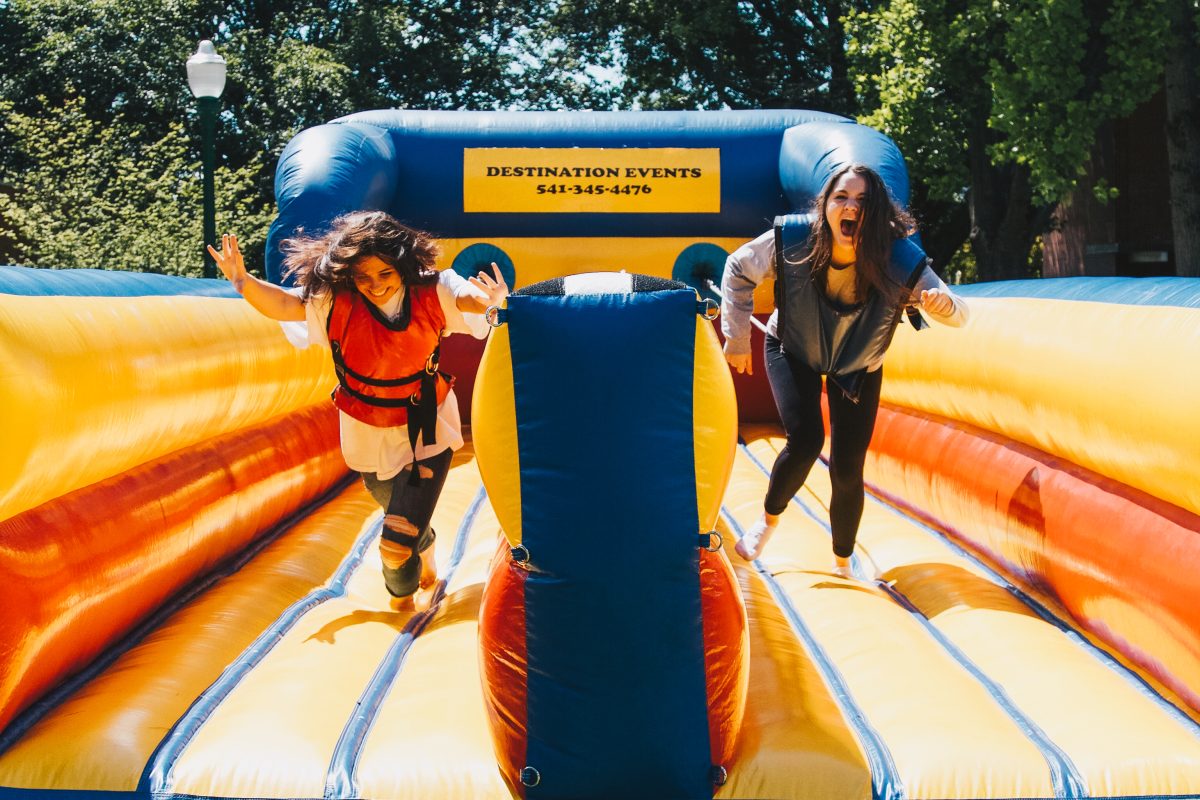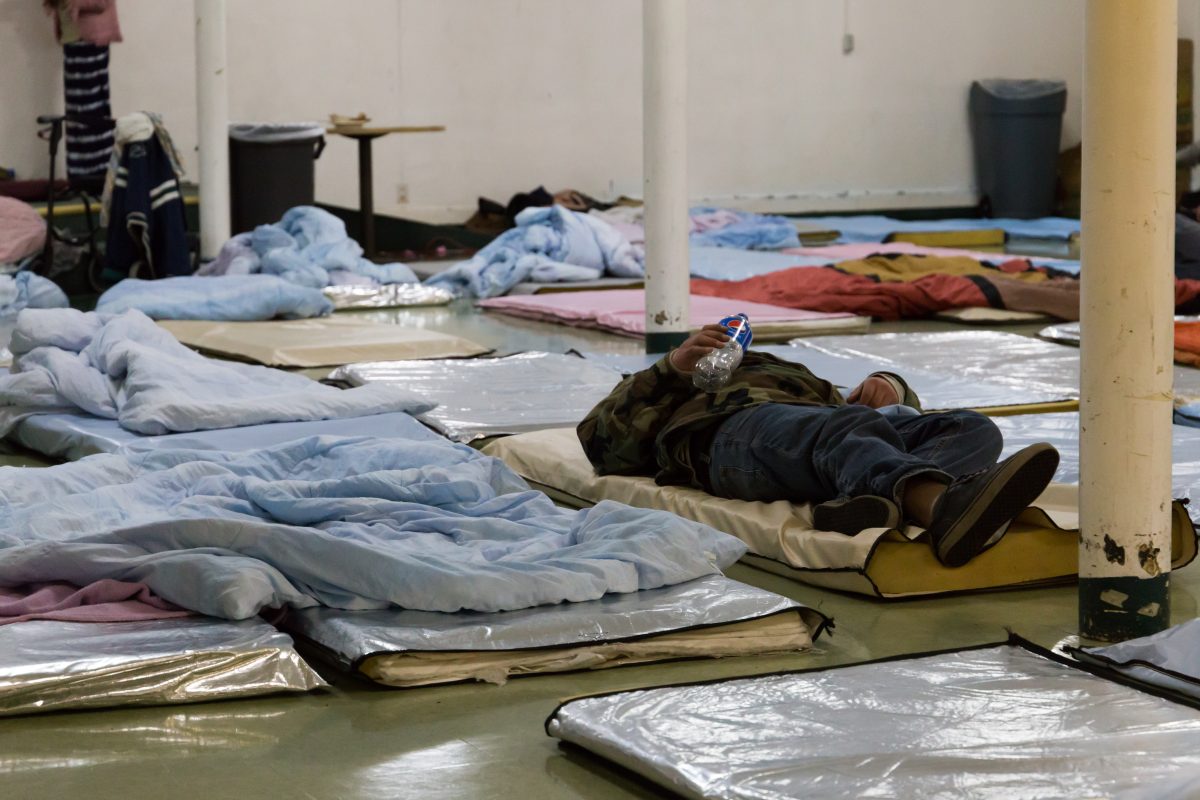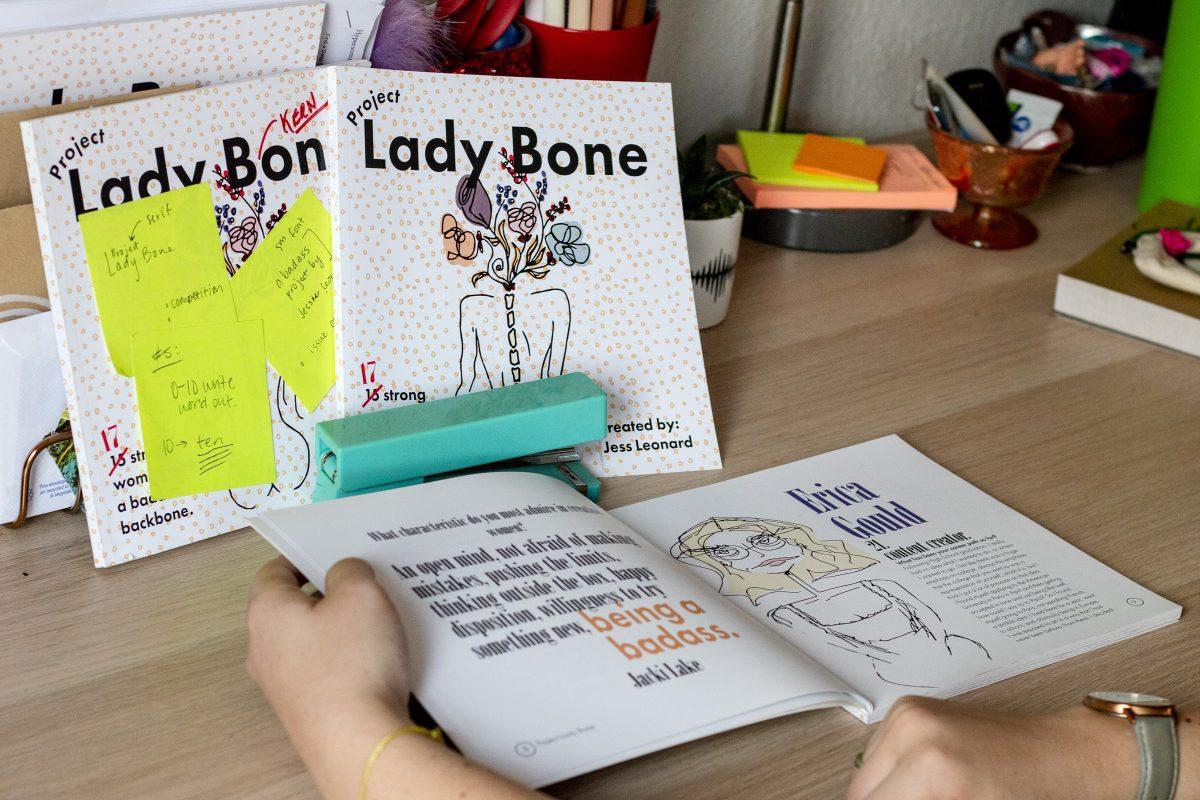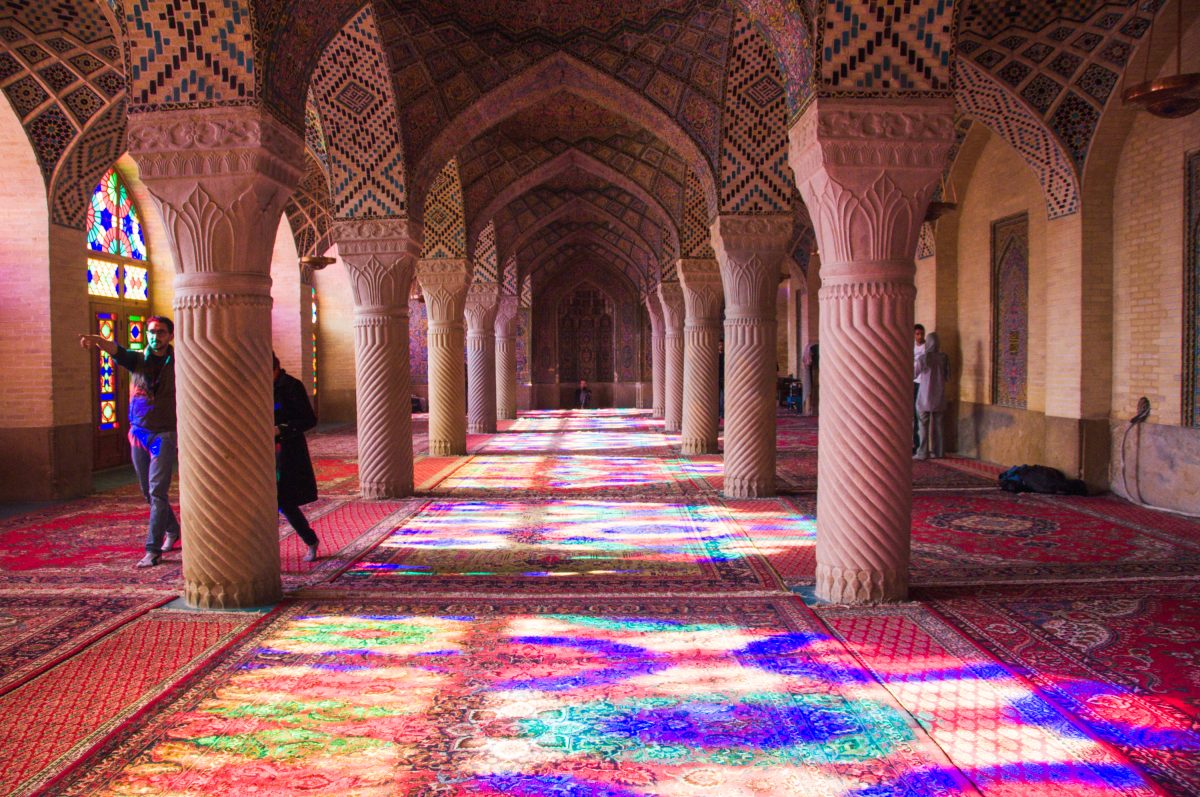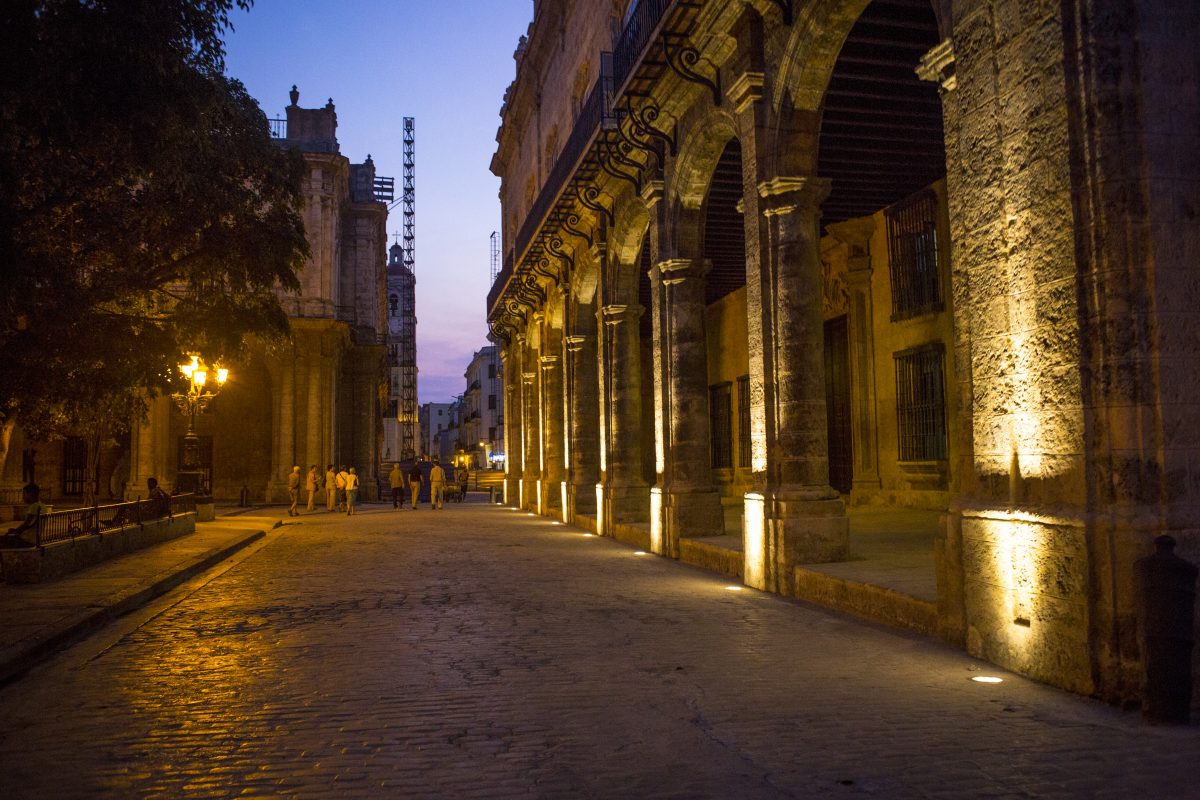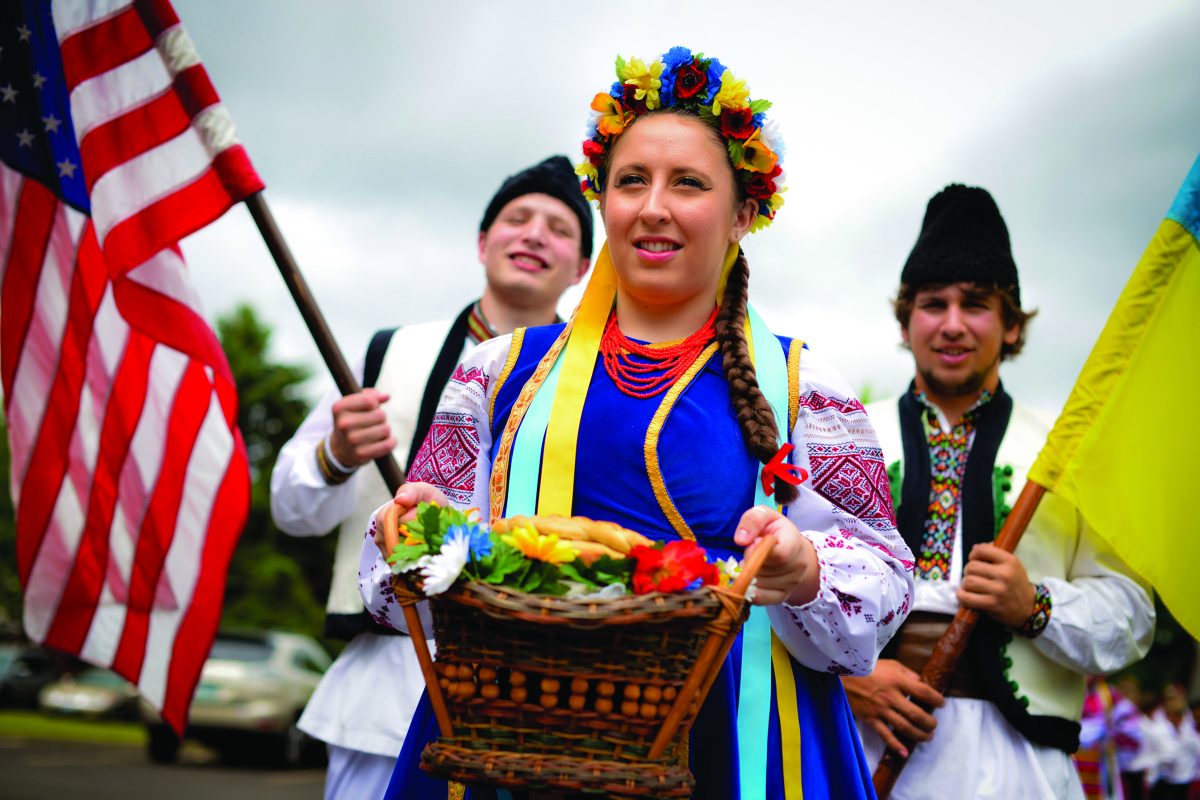Story by Jennifer Hernandez
Photos by Andrew Seng
The dancer is a soldier—her upper body is frozen with arms tightly bound to her sides, shoulders firmly rolled back, and a chin raised high with pride. Each dancer precisely echoes the rambunctious rhythm of Irish music illustrating the musical notes through their fast footwork. When it comes time to compete, the students at the Murray School of Irish Dance (MSID) in Portland, Oregon, will trade in their sweaty oversized t-shirts for frocks that are more festive than their moves.
“If you are competing for something, it has to be bigger each time, or you don’t win,” says the school’s director, Geraldine Murray.
On a typical summer afternoon, Murray’s students practice their choreography for two hours with the goal of achieving nothing less than perfection. The mirrored walls reflect the dancers’ ballet, jazz, and tap-inspired moves all choreographed by Murray. She never imagined she would be able to dedicate her life to being a full-time dance instructor. Unlike her teachers when she was young, Murray has been able to make a living off of Irish dancing.
However, its entry into mainstream culture has made that possible. Performances like the theatrical show Riverdance captivated a new generation of dancers. Since its debut in 1994, it has toured in over 45 countries across six continents. The resulting unprecedented interest in Irish dance inspired a wave of students never before exposed to the speedy sounds of hornpipe music. Over the last 20 years, Irish dance has transformed from an aging art form into a thriving, competitive sport. The dance form’s increased popularity has simultaneously created more arduous expectations for dancers, who will do whatever it takes to earn a world championship title.
“When you have 100 kids in the competition, it’s sort of like peacock syndrome,” says Murray, “something has to stand out from the rest.”
The dancers’ traditional look has fallen to the seduction of glamour by rebelling into a more pageant-like look with bronze legs, colorful makeup, and massive wigs full of pin curls. Some dancers even top off the ensemble with a tiara. Up until the 1990s, dancers would perform in simple black dresses, often referred to as their “Sunday clothing”.
“My first dress was heavy and I hated it,” says Mirabel Rice, a student at the Butler-Fearon-O’Connor School of Irish Dance in California. Today, dresses are much lighter and are crafted to help dancers execute their movements with greater ease. Despite the shorter hemline, modern dresses are still kept modest with signature long sleeves and high necklines. The dresses are also offered in a slew of emerald greens, fuchsia pinks, and other festive colors with unique detailed designs that pay homage to the turned sport’s Irish roots.
Rice hopes the twinkling crystal bodice from her black and white color-blocked ruffled dress will help her stand out on the stage she’ll share with her competitor, and ultimately advance her to the World Irish Dancing Championships (WIDC). The 21-year-old student has yet to place in the top qualifying percentage at a regional or national competition necessary to move forward for a shot at a world championship title. She hopes to have as much luck in the dress as the former owner, Simona Mauriello a dancer featured in the Irish dance documentary Jig, who wonfourth place at the 2010 WIDC.
“Some judges are really into appearances, like when they see a dancer they want to see a certain look,” says Rice, who even with naturally dark skin, is still encouraged to tan her legs. Her sun-baked bronze skin helps to visibly define muscles and creates a strong stage presence.
“Some people are really into making their dress sparkly and perfect and I’m not into it that much,” says Rice. “It’s my mom who says ‘this needs more crystals, this needs more sparkles, and you need to wear earrings,’ and I’m more ‘whatever’ about it.”
Unlike Rice, three-time WIDC competitor Morgan Wise is charmed by elaborate Celtic embroidery and gemstone embellishments. The 16-year-old student from the Comerford School of Irish Dance in Portland, Oregon, loves to design her own dresses, which are made to order in Ireland.
“It is very costly, unfortunately. It can be very cost-prohibitive for parents because you get into these costumes that can run for $3,000,” says Morgan’s mother Sharon Wise. “The wig, makeup, travel, the coaching, and private coaching— it’s really expensive.”
Still, behind the façade of her dolled-up face is the spirit of a true competitor. On stage, Morgan must exemplify confidence, perfect technique, and style to enchant each judge. She and other passionate competitors offer their bodies as living sacrifices in the name of this art-turned-sport by dancing on rolled ankles, shin splints, even broken bones.
“The bling and the pageantry that go along with competition can be just a little too over-the-top,” says Murray. “But the dancing is gorgeous.”
Like the Olympics, WIDC contestants represent the best from every region around the world. Contestants grouped by age and gender, perform two dances in competition with another dancer on stage. If the dancer receives a recall, then he or she advances and performs an individual dance.
“It’s really hard mentally trying to prepare for such huge event, but over the years, you kind of learn what you need to do to in order to get yourself to the level you want to be,” says Wise.
That mentality landed Morgan in 36th place at thet 2013 North American Irish Dance Championships (NAIDC) held in early July. Out of more than 150 contestants, Morgan placed sixth overall for the Western region. She and competitors from New Zealand, Mexico, and all over of the world gathered in Anaheim, California for the competition. Morgan will face a more daunting set of about 15,000 to 20,000 competitors next year in London for the 2014 WIDC.
Murray hopes some of her students will be among those competitors who do not qualify through NAIDC, but have another shot to do so through the Western US Oireachtas competition that usually takes place in late November.
“You have to train like an Olympic athlete to do really well at something like the world championships,” says Murray, who emboldens her students for excellence.
One-by-one, Murray’s dancers perform their razor sharp steps under her even sharper scrutiny. Despite the booming sound from the music and steps, Murray’s voice pierces through all the noise as she corrects their overall presence. Still, her students are not intimidated. Their feet scurry across the blue scuffed floor to a rhythmic pattern with sheer confidence, something that cannot be showcased by any costume – no matter how glitzy.


![Story by Jennifer Hernandez Photos by Andrew Seng The dancer is a soldier—her upper body is frozen with arms tightly bound to her sides, shoulders firmly rolled back, and a chin raised high with pride. Each dancer precisely echoes the rambunctious rhythm of Irish music illustrating the musical notes through […]](https://ethos.dailyemerald.com/wp-content/uploads/2013/10/796ce397e6fb1186abb57acb99a6dad0.jpg)



